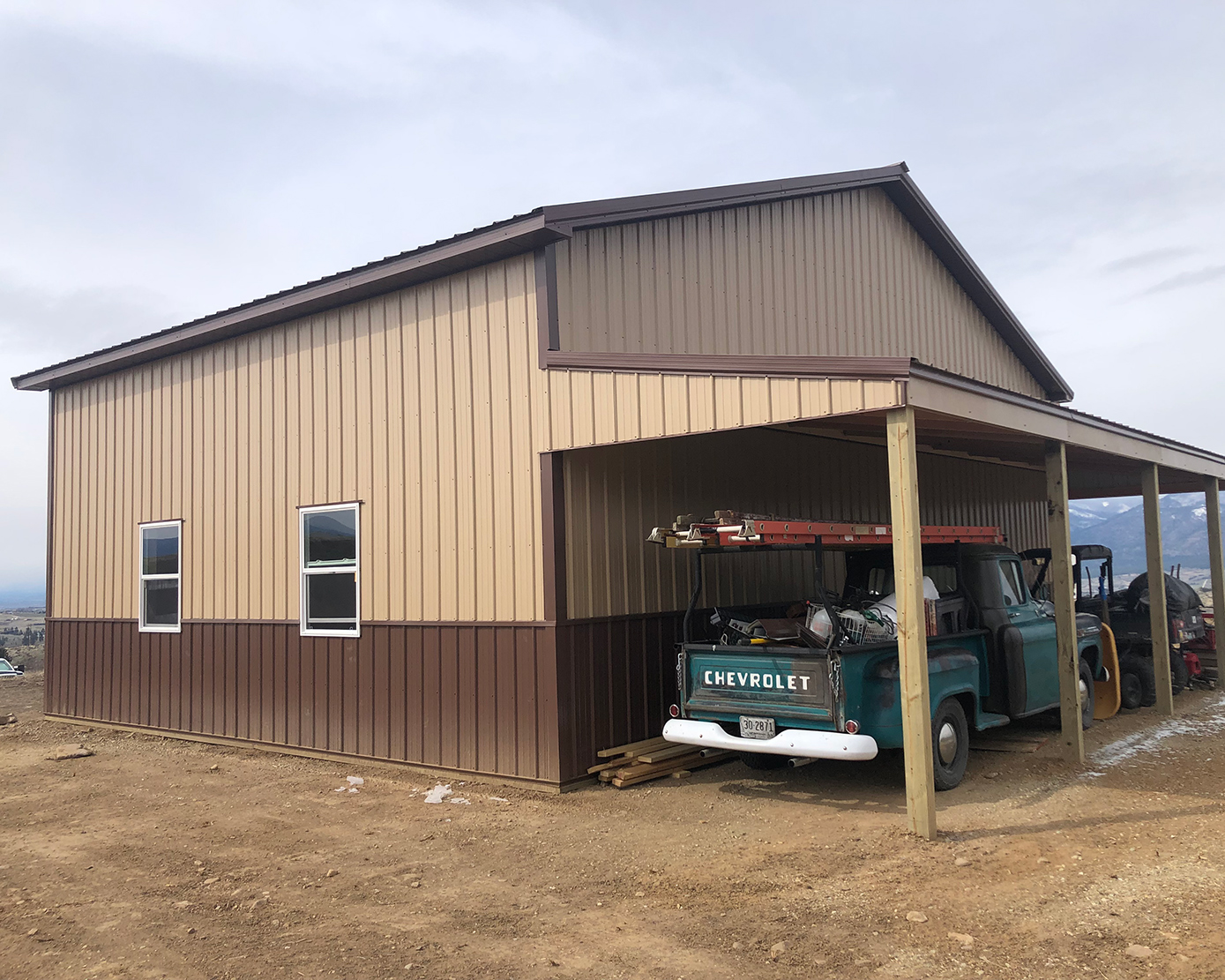With winter upon us in Idaho, many owners of barns and pole building shops in Coeur d’Alene are concerned about how the winter weather can impact their buildings. The area most people are concerned about when it comes to winter weather and their post frame structures is snow load capacity. As critical as snow load strength is, there is one other critical winter weather component – wind loads.
Wind loads are calculated to determine the wind strength of a building shop in Coeur d’Alene. To determine a building’s wind load, six important factors are calculated. These are:
- The Wind Speed
- Wind Speed Exposure
- Topography
- Size of Your Pole Building in Coeur d’Alene
- Shape of the Structure
- Number and Size of Any Leaks or Gaps
The Wind Speed
This is the number of miles per hour that the wind blows. Throughout this list, you will see numerous other factors that are combined with wind speed to help determine wind loads for pole building shops in Coeur d’Alene.
Wind Speed Exposure
The makeup of a pole building in Coeur d’Alene can greatly impact the wind load. Buildings can be exposed to much higher winds if they are in elevated areas with minimal obstruction. However, if they are in low-lying areas that are blocked by hills, trees, or other objects, the wind exposure decreases significantly.
Topography
After determining your building’s exposure, the next important factor to consider is wind force. Wind force can vary if there are abrupt changes in the building’s surroundings. Those could include ridges, isolated hills, or anything that could increase wind speeds.
Size of Your Pole Building in Coeur d’Alene
If your structure is very tall, it will likely be exposed to more wind than a shorter building. That means a tall two-story pole barn in Coeur d’Alene may receive a completely different wind rating than a one-story barn or shed built in the exact same location.
Shape of the Structure
The design and shape of your pole building shop in Coeur d’Alene can also significantly impact its wind load rating. Each building’s aerodynamics can result in higher wind pressure in specific areas compared to others.
Number and Size of Any Leaks or Gaps
If there are numerous gaps, leaks, or crevices in your structure, they can cause an increase or decrease in pressure. These can all play a major role in wind speed ratings and also the amount of airflow you get within your post frame building.
If you are considering a new addition to your farm property, and a post frame building seems like the best route, contact our team at MQS, Inc. Our professionals have all the experience necessary to ensure you get the perfect post frame building to handle snow loads, torrential downpours, and high wind gusts. We will work closely with you to make sure your structure fits your needs while being built with the highest possible standards.
To get started, give us a call or go online to receive a free quote on your project.
